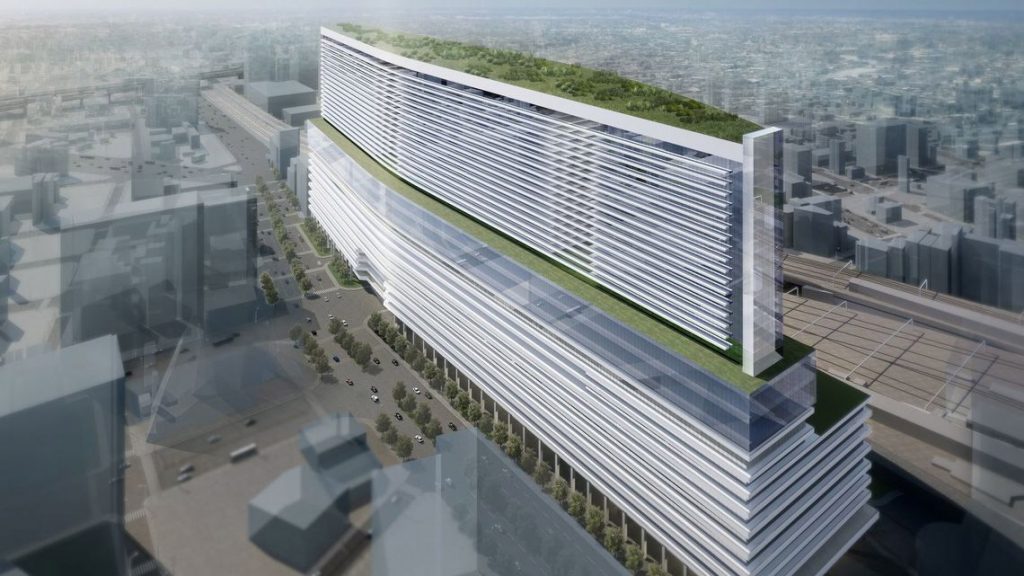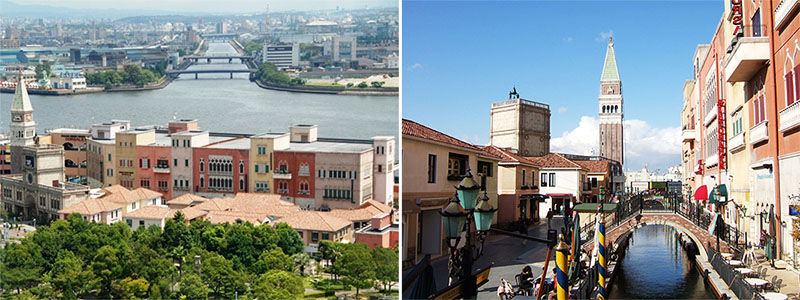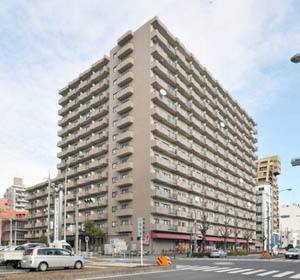Old buildings in Nagoya slow to retrofit

Retrofitting older buildings in Nagoya is taking longer than anticipated. A major change to earthquake building codes was enacted in June 1981, with buildings with construction planning certificates issued before this date referred to as ‘kyu-taishin’, or old earthquake resistance, and those after this date referred to as ‘shin-taishin’, or new earthquake resistance. In many cases, these older buildings need retrofitting to bring them up to current standards, but this is not a simple task.
Telework trend delays Nagoya's 400-meter long office project

Nagoya Railroad, aka Meitetsu, has delayed the construction of a 400-meter long office tower for the Nagoya Station area citing high construction costs and a change in tenant demand as a result of the coronavirus pandemic.
400-meter long building for Nagoya Station area

Four developers are working towards a large-scale redevelopment that will see a 400-meter long, 30-story mixed-use building for the Nagoya Station area.
Nagoya’s most expensive rental apartments to arrive in 2019

A 28-story rental apartment building under construction in Nagoya’s Sakae neighborhood is set to become the most expensive building the city has seen. The most expensive apartments in the 156-unit building are two 253 sqm (2,722 sq.ft) 3-Bedroom units on the 27th floor each with an advertised rent of 1,641,000 Yen per month (approx. 15,000 USD). The two apartments include their own 12-seater dining room with a separate entrance.Read more
Nagoya says arrivederci to Italian Village

On June 2, the Nagoya Port Authority announced plans to remove the last remaining structures from the former Italian Village. Demolition is expected to cost 330 million.
The Italian Village shopping mall opened in Nagoya’s port side area in 2005, the same year that Turin was announced as one of Nagoya’s sister cities. The 31,000 sqm site included a reproduction of a Venice canal complete with authentic gondolas imported from Italy, a replica of the San Marco Square, a replica of the Statue of David, and a replica of the Bocca della Verita. Many of the 80 specialty stores featured Italian goods and groceries.
The mall was developed under a private finance initiative between the Nagoya Port Authority and Cest la vie Holdings Corporation. In its first year of operations, it had over 4.2 million visitors. By 2008, this number had halved and the operators filed for bankruptcy.Read more
Tepco to sell apartment building in Nagoya
 As part of their restructuring in order to pay compensation to victims of the Fukushima Daiichi Nuclear disaster, Tepco will be selling an apartment building they own in Nagoya City.
As part of their restructuring in order to pay compensation to victims of the Fukushima Daiichi Nuclear disaster, Tepco will be selling an apartment building they own in Nagoya City.
"Solcher Tsurumai" is a 14-storey, 2 basement apartment complex that was built in 1999. It has a total floor area of 22,000 sqm and is on a 3500 sqm site. There is a supermarket on the 1st floor and residential units from the 2nd floor and above. Tepco purchased the building in 2001 through their subsidiary, Toden Real Estate.Read more
